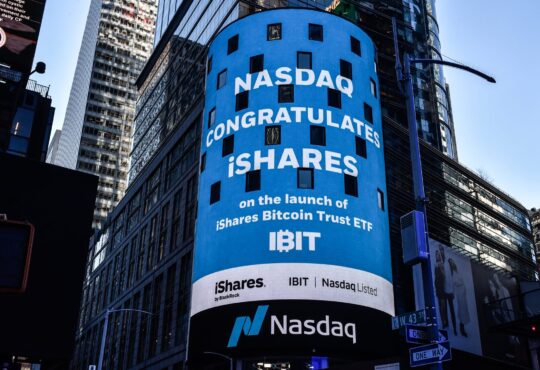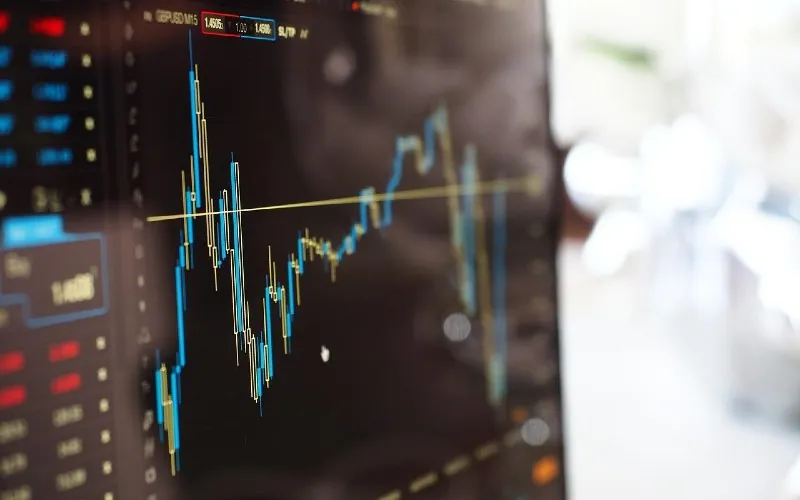

Image source: Getty Images
ISAs are a brilliant way of building wealth, if used correctly. Everybody gets a shot at investing £20,000 a year tax-free, and although most of us don’t come close to using our full allowance, every little helps.
Even relatively small sums can grow into something substantial, given time. If I was a newbie investor, here’s what I do to have a shot of building a large lump sum like £250,000 inside my tax-free ISA wrapper.
First, I wouldn’t put a penny in a Cash ISA. I haven’t done that for years, because I think buying equities inside a Stocks and Shares ISA offer superior growth opportunities over time.
I’d go for stocks over cash
Please note that tax treatment depends on the individual circumstances of each client and may be subject to change in future. The content in this article is provided for information purposes only. It is not intended to be, neither does it constitute, any form of tax advice. Readers are responsible for carrying out their own due diligence and for obtaining professional advice before making any investment decisions.
Stock markets have struggled lately while cash savings rates have picked up. However, I think that will reverse as inflation and interest rates peak. In that scenario, cash will pay less while share prices will hopefully recover. Equities pay dividends too. Unlike cash, my capital is at risk, but I accept that.
Now, let’s say I had £5k to invest between now and the end of the tax year on April 5. I wouldn’t hang around. The longer I wait before I start investing, the less time my money will have to compound and grow.
If I had no equity investments at all, I might split my £5,000 between a FTSE 100 tracker and one tracking the US S&P 500. That would give me instant exposure to some amazing companies, easily and cheaply.
That’s how I started out but I’ve since found that it’s a lot more fun (and potentially more rewarding) buying individual FTSE 100 companies instead.
Last summer I bought mining giant Glencore (LSE: GLEN). I took advantage of a dip in its share price, triggered by bad news in China. The country is the world’s biggest consumer of commodities but as its economy stutters, its appetite for metals and minerals is likely to fade, hitting Glencore right on the bottom line.
I prefer direct equities
When I bought Glencore, it was trading at a dirt cheap valuation of around four times earnings. At the same time, the FTSE 100 was trading at almost 10 times earnings. Its dividend was more exciting too, yielding 7.5% at the time against the FTSE 100 average of 4%. It’s undoubtedly riskier than a tracker but as a cyclical stock it might also rebound nicely. Given time.
Over the last 12 months, the Glencore share price has crashed 22.48%, compared to a drop of just 1.36% for the FTSE 100. Despite that, it’s still up 43% over five years, against just 9.2% for the index. Plus it’s paid a heap of dividends.
If I put my first £5k into two trackers and received an average total return of 7% a year it would take me 58 years to hit my £250k target, which is far too long.
However, if I put £5k into an ISA every year I’d get there in just over 21 years. And if I upped my return to 9% by building a portfolio of individual stocks, I could potentially do it in around 12 years. That’s my strategy and I’ll be pursuing it in February, by scouring the market for more top UK shares.





